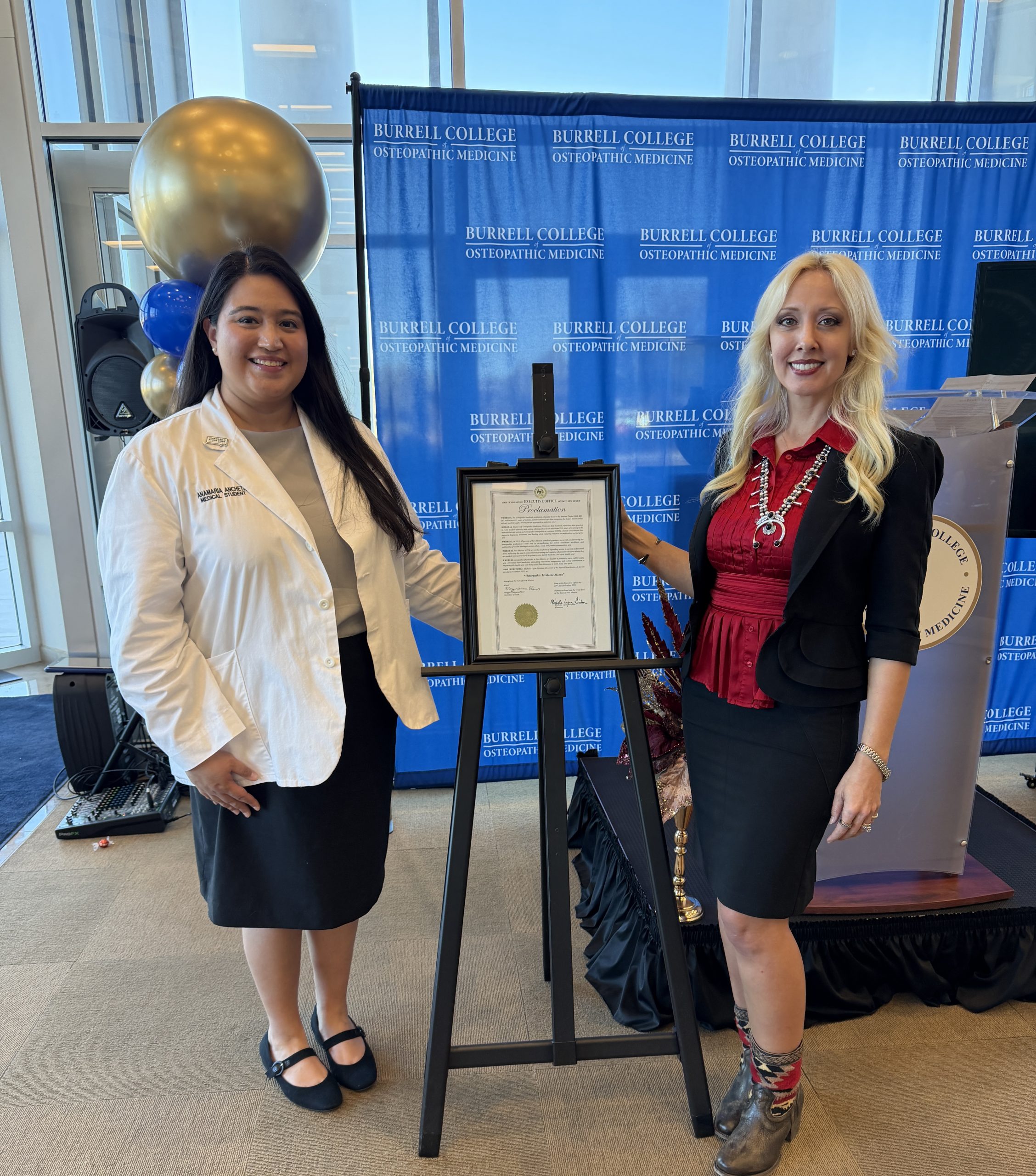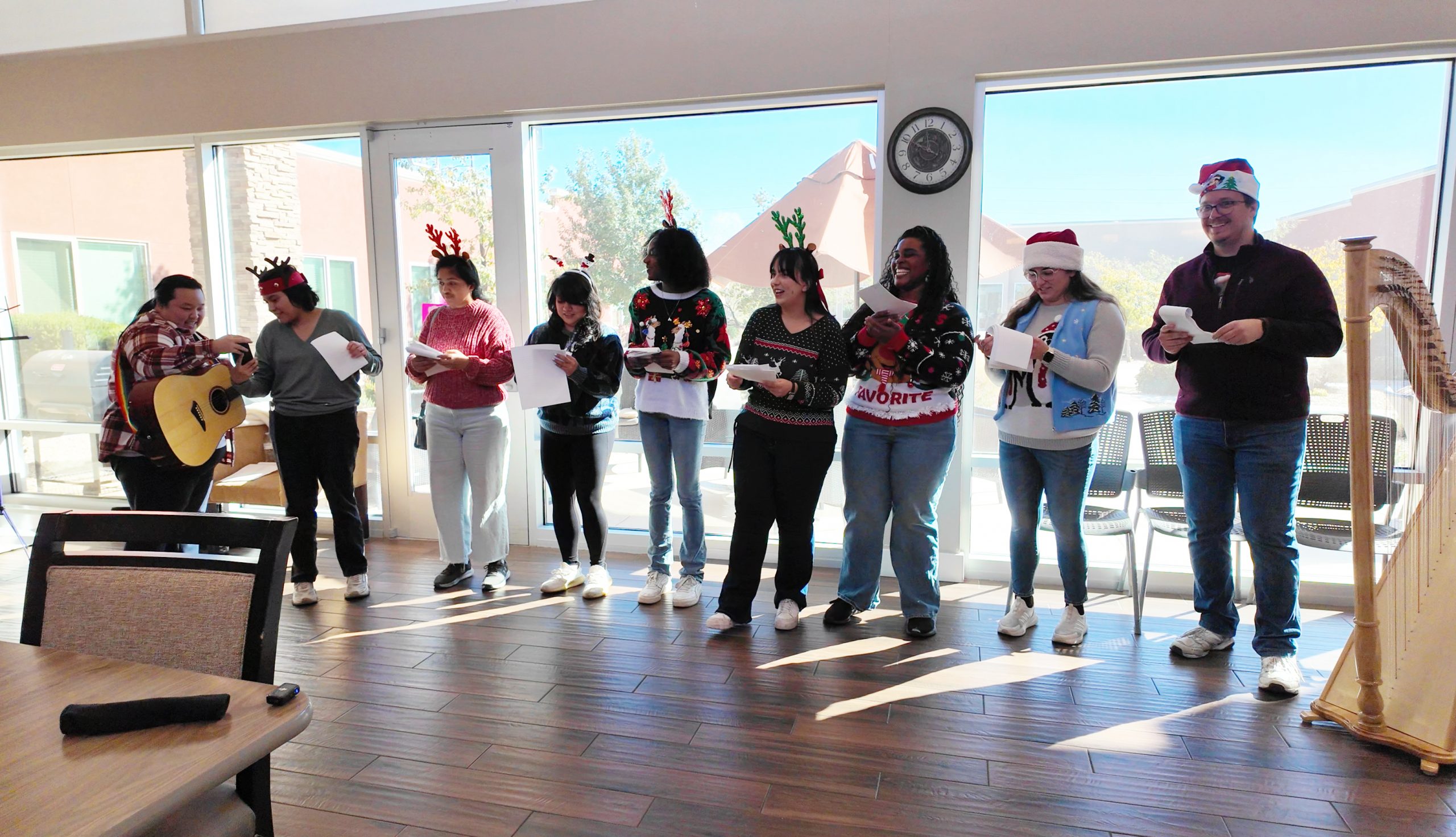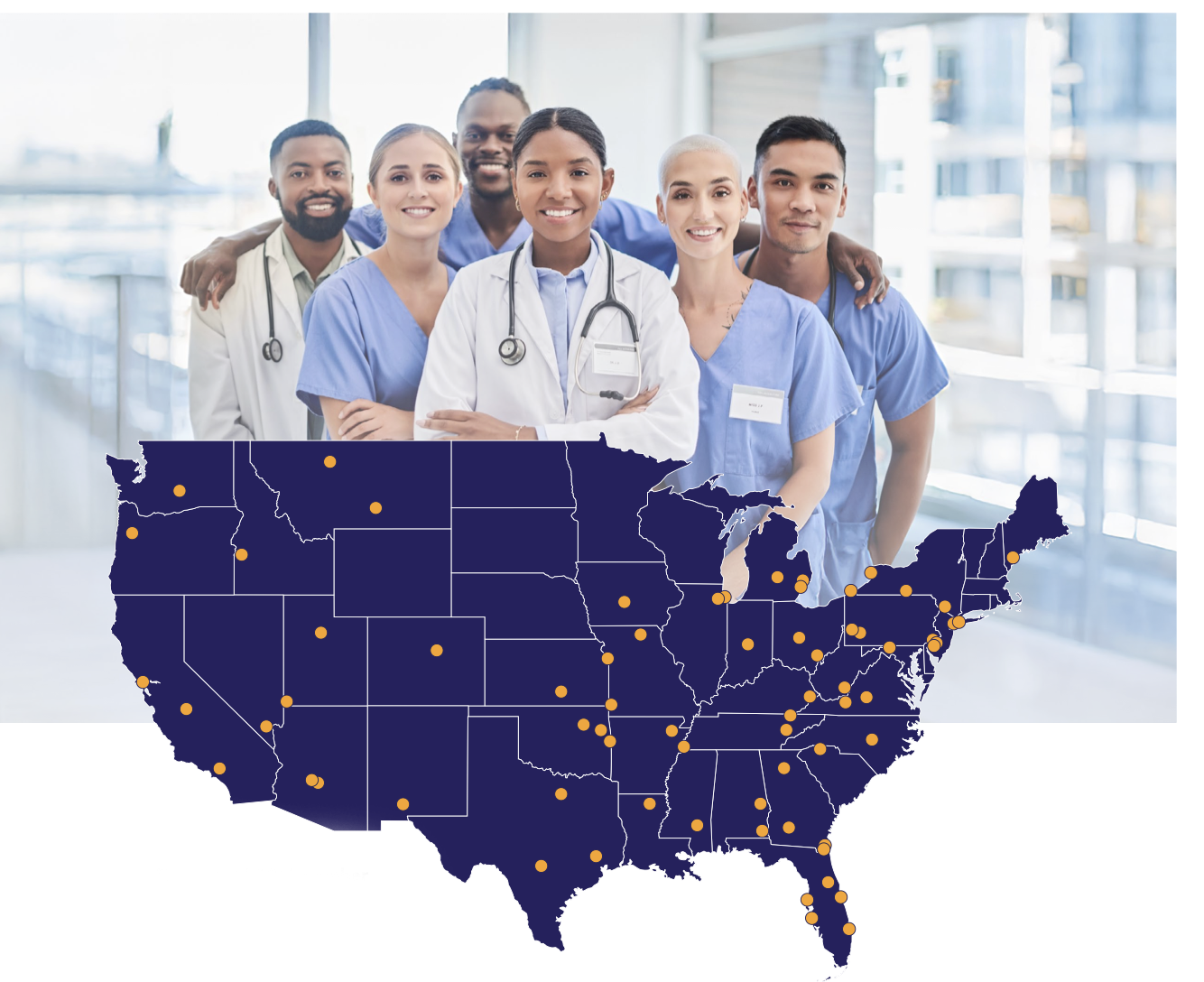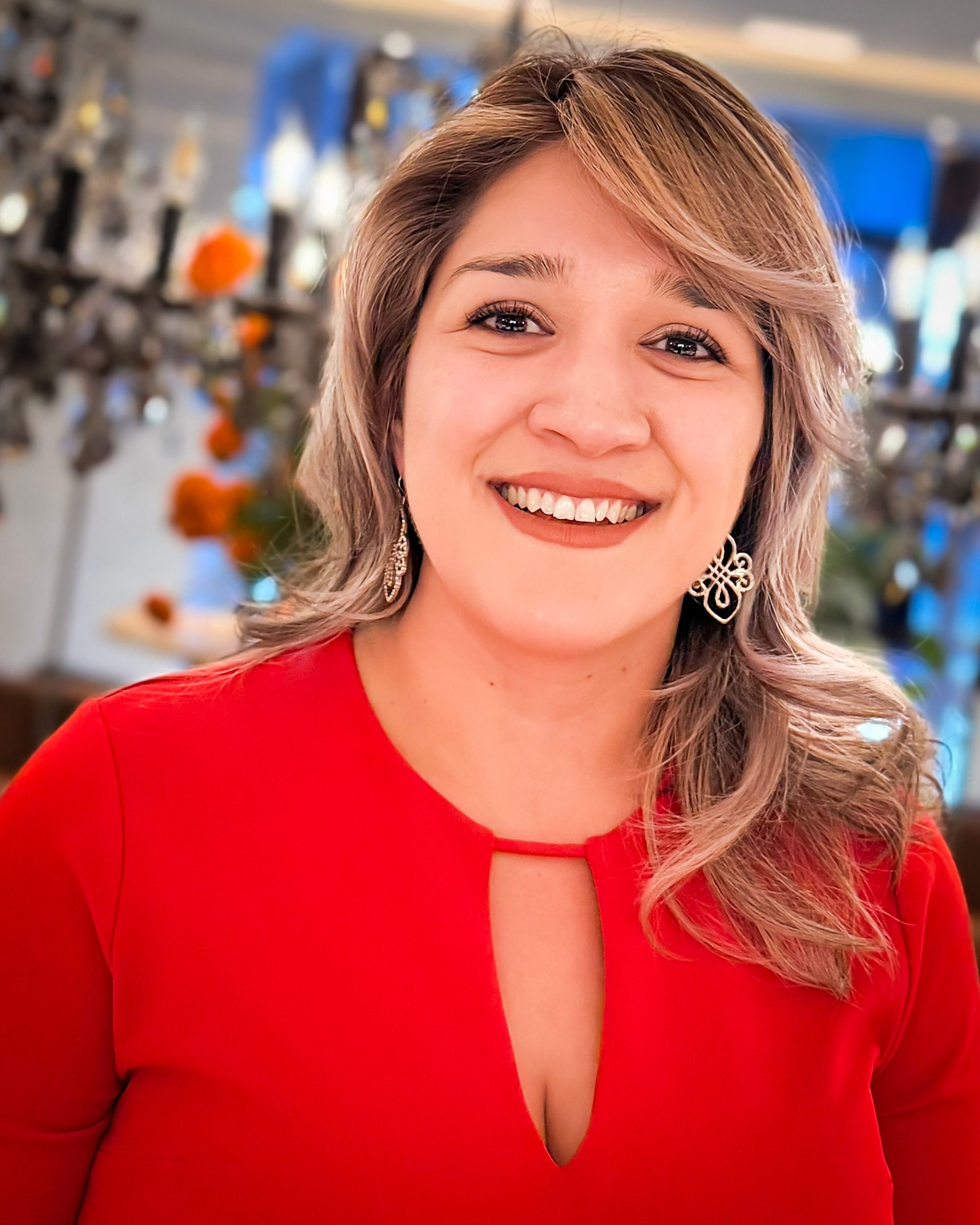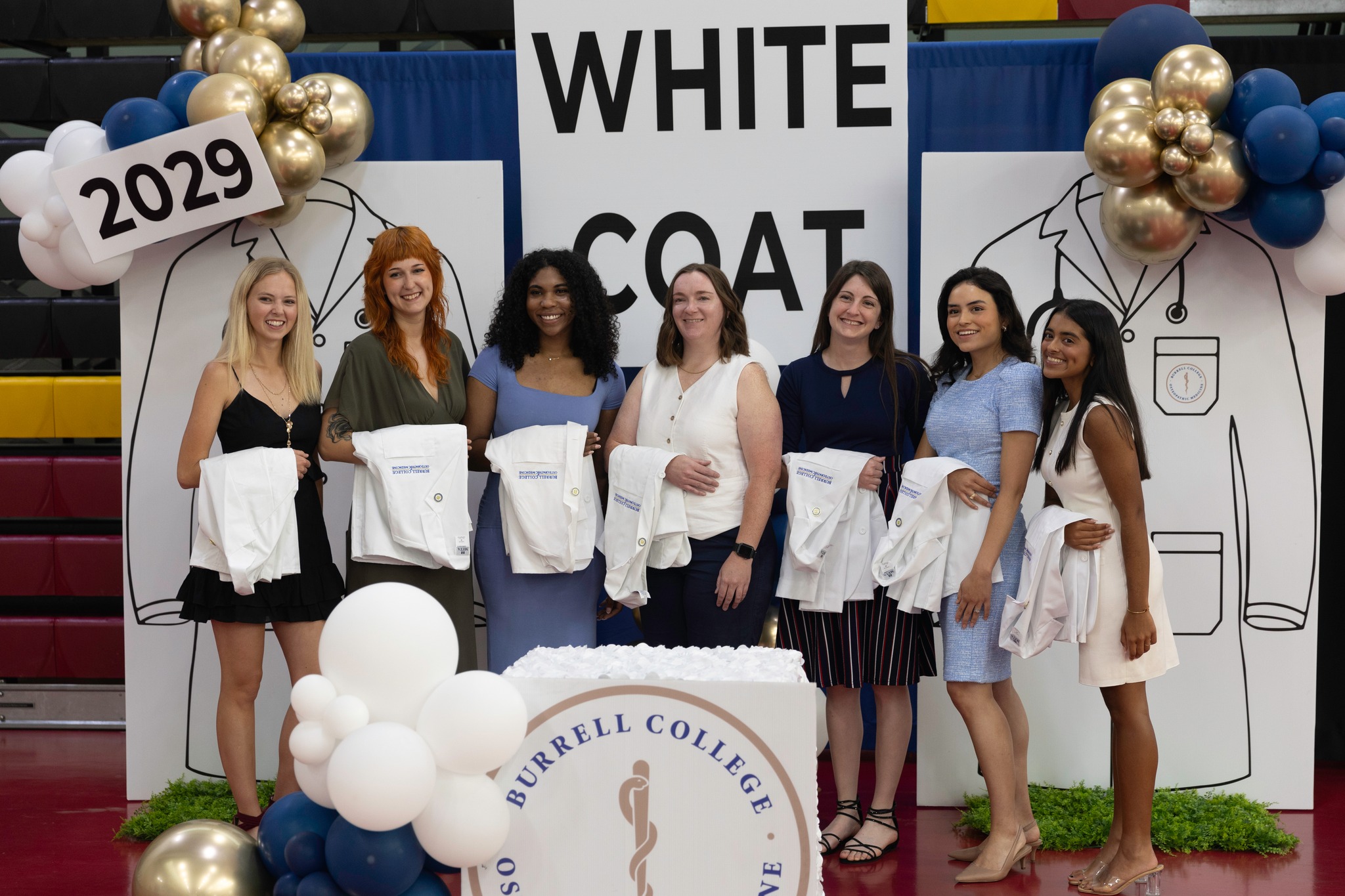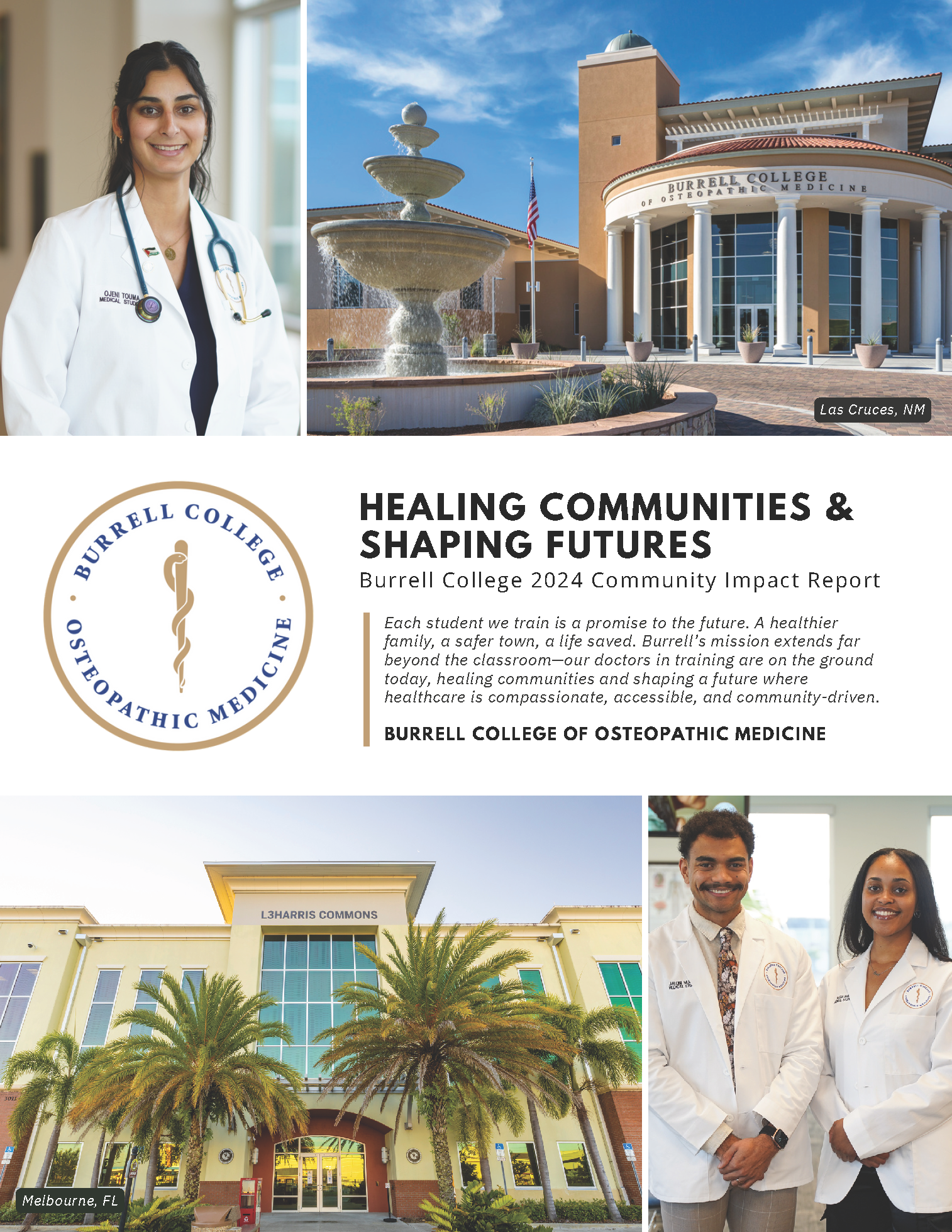
As students in BCOM’s class of 2020 are preparing for their third-year rotations in the fall, Abigail Etters is already honing in on her specialty of choice. Over the summer, Etters worked in a pre-clinical anesthesiology clerkship at Memorial Medical Center in Las Cruces, an experience she calls “absolutely invaluable.”
“I learned that medicine is just as much of an art as it is a science—and anesthesiology is no exception,” she explained. “Anesthesiologists follow a patient on his/her full journey pre-, during, and post-surgery. An anesthesiologist’s success hinges on quickly assessing and effectively communicating with new patients hours prior to surgery. They have the unique ability to gain patients’ trust in a short amount of time before entering the operating room. While every anesthesiologist I worked with performed the same standard operating procedures, their craft was distinctly personalized based on training and experience. This experience allowed me to gain the knowledge, skills, and comfortability with ins-and-outs of anesthesiology that typically only come with third or fourth year rotations.”
Etters experience in the field came in to play earlier this semester when she attended the 2017 annual meeting of the American Society of Anesthesiologists in Boston, Massachusetts where she connected with other students and medical professionals in the field. During a residency meet & greet session, she discovered that she was in the minority with most students in attendance already in their third and fourth years. “Several of the residency programs, both osteopathic and allopathic, were enthusiastic to discover I was a second year student,” she remembered. “It was a distinct honor and privilege to represent BCOM in this capacity. The majority of programs eagerly expressed interest in BCOM and its students, particularly because we fully comprehend the unique responsibility of shaping BCOM’s character as its inaugural class.”

The long weekend of events in Boston included a clinical skills workshop at Massachusetts General Hospital and a tour of the Ether Dome where the first public demonstration of ether anesthesia took place in 1846. The skills workshop covered intubation, spinal anesthesia, central line placement through the internal jugular vein, and ultrasound-guided peripheral intravenous (IV) placement. Some topics, like general intubation and generic ultrasound, Etters was already familiar with thanks to her studies at BCOM, and she’d observed all of the procedures during her time at Memorial Medical Center. “This was an irreplaceable experience for me to engage in hands-on learning,” she said of the Mass General workshop. “I enjoyed acquiring these skills from the residents at MGH because I was able to see and practice their particular methodologies. With this understanding, I combined what I studied at BCOM with what I learned at MGH to fine tune my personal procedural skills.”
Most importantly, however, Etters said she took away from the experience a strengthened passion for the field of anesthesiology and “a much deeper and clearer understanding of anesthesiology and its future.” She discovered that many of the elements she finds appealing about medicine—working with her hands and focusing on one patient at a time—lineup neatly with the anesthesiology field.
“I am now extremely knowledgeable with respect to the specialty’s values of vigilance and professional citizenship, and the distinctive, attentive, and composed personality it takes to practice anesthesiology,” Etters added. “I was able to get a glimpse of the exciting direction this field is taking as anesthesiologists are generally becoming pre- and post-operation management specialists. I envision myself enjoying this aspect of medicine as a practicing physician.”



